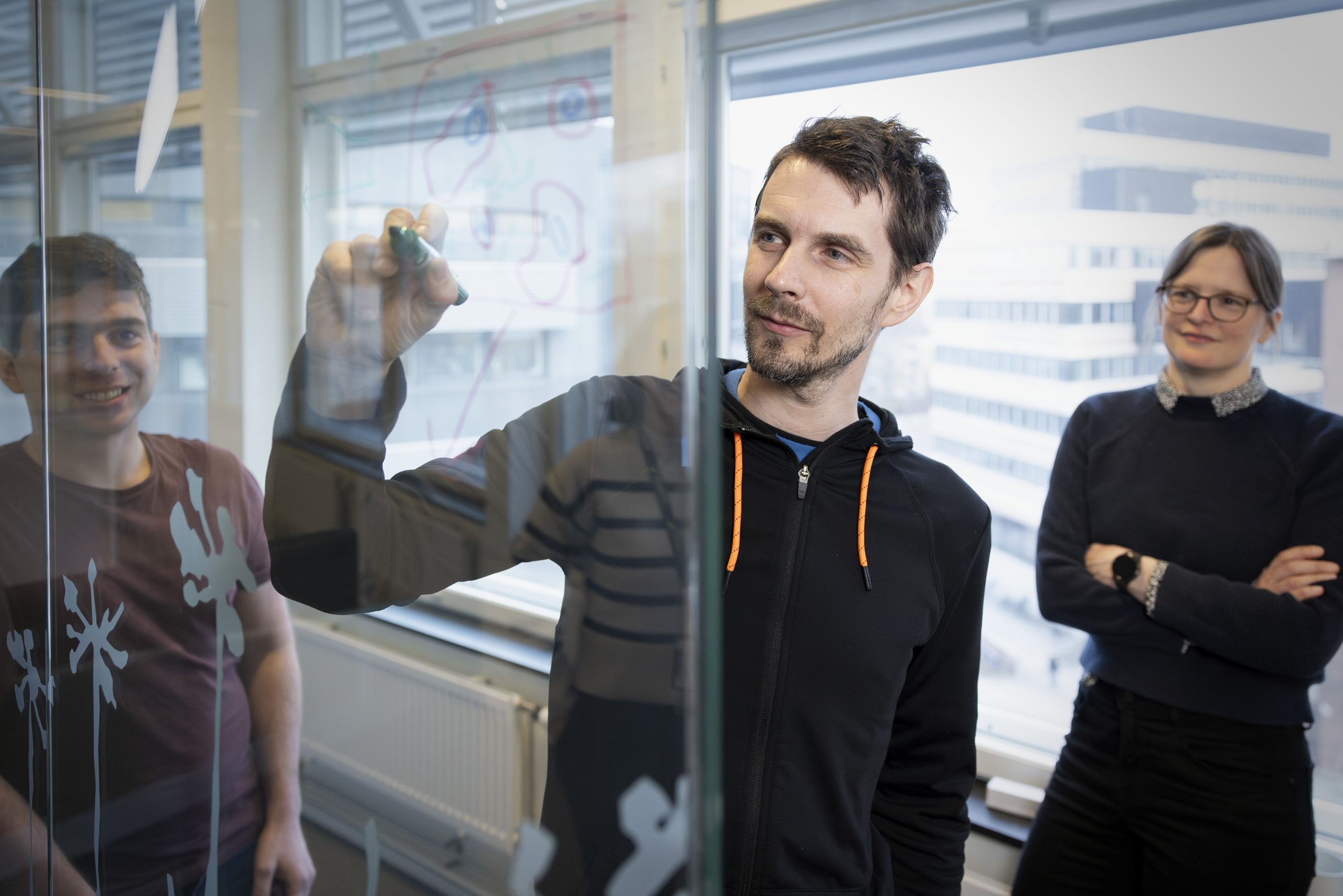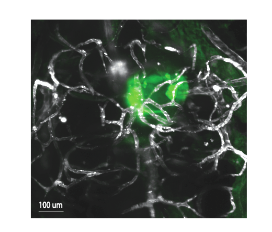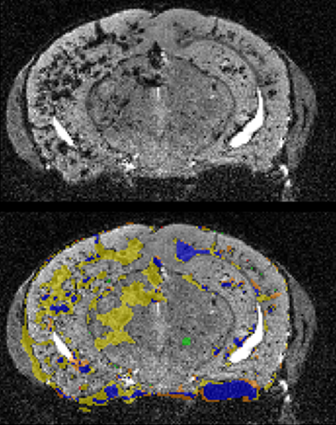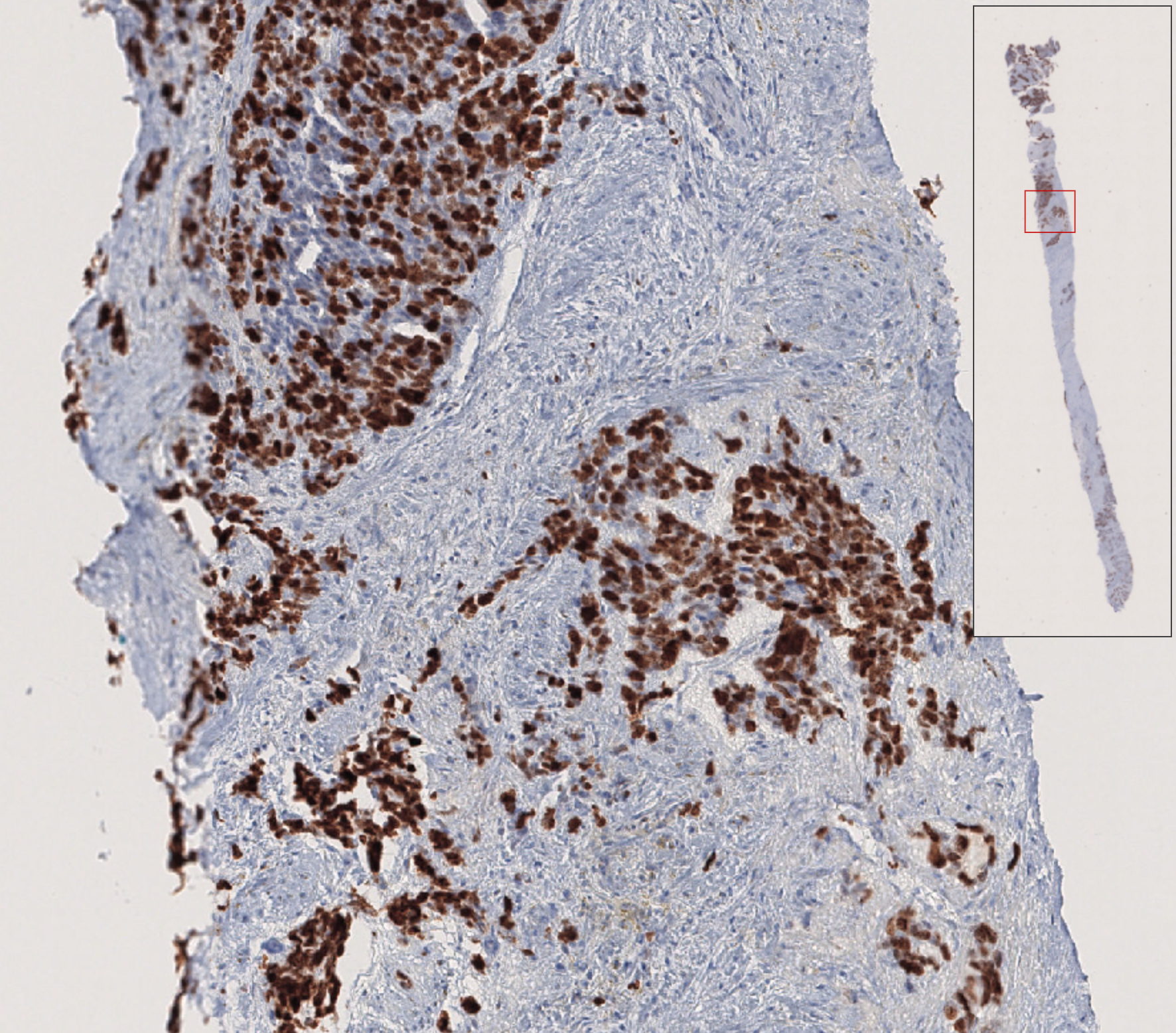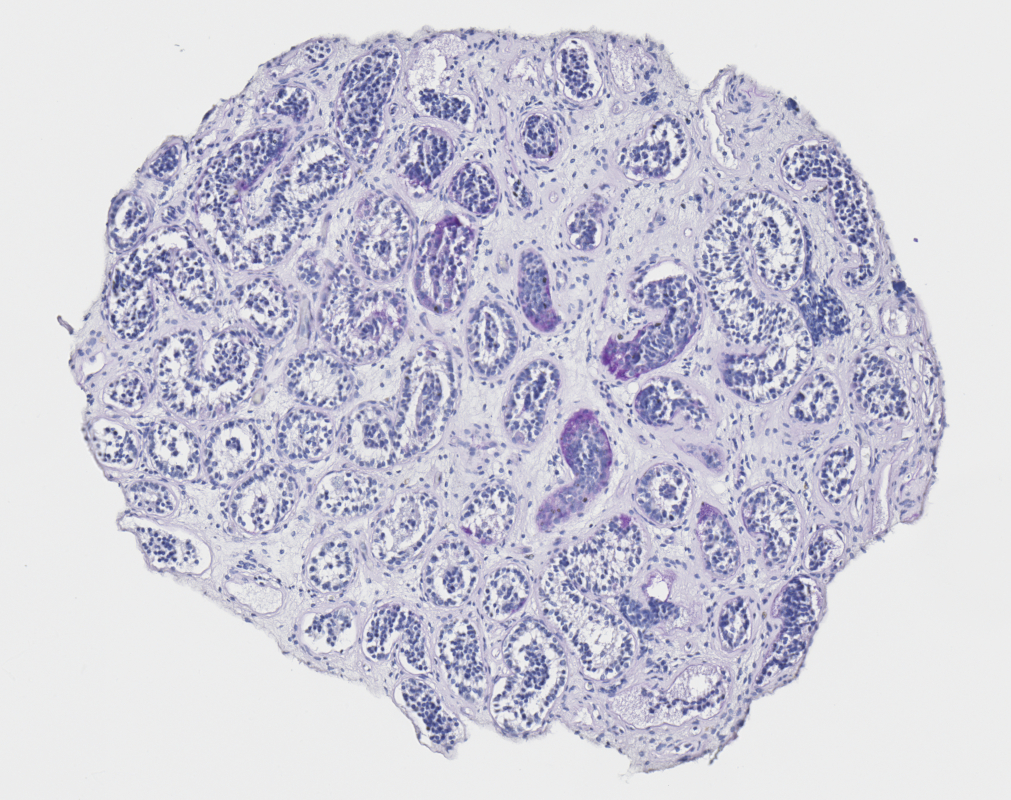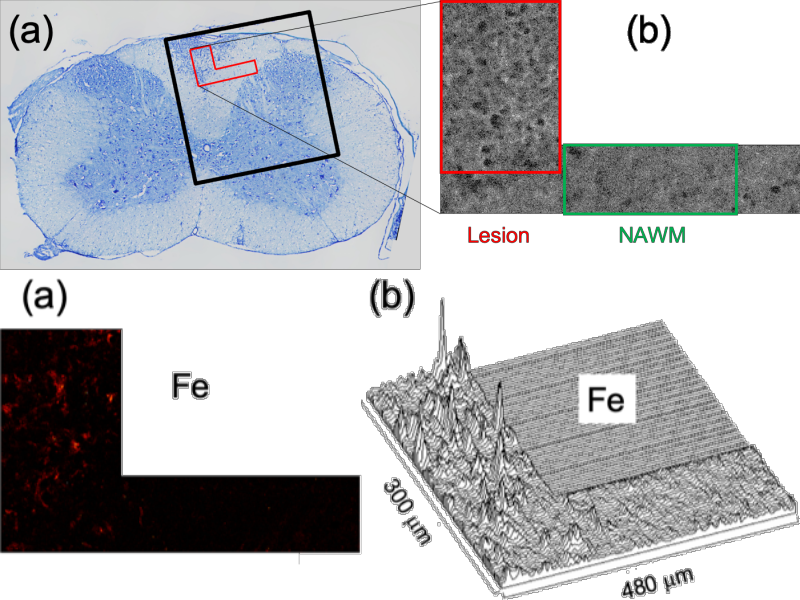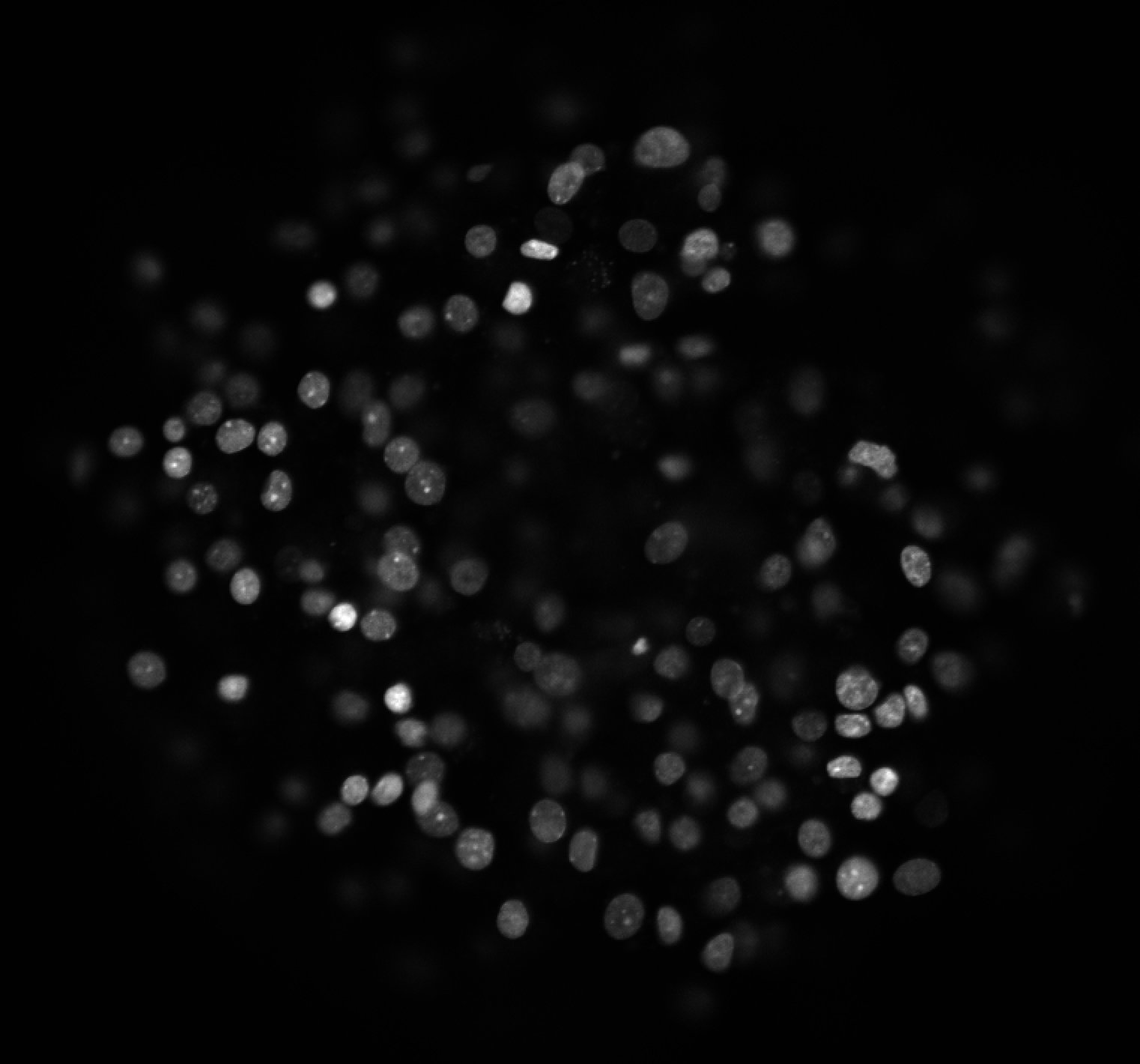
Amyloid Formation Under Stress Conditions in Pancreatic Islets
Pancreatic islet beta-cells are known to produce amyloid aggregates in response to various stress factors, including prolonged exposure to high glucose levels. These amyloid deposits are implicated in beta-cell dysfunction and the progression...
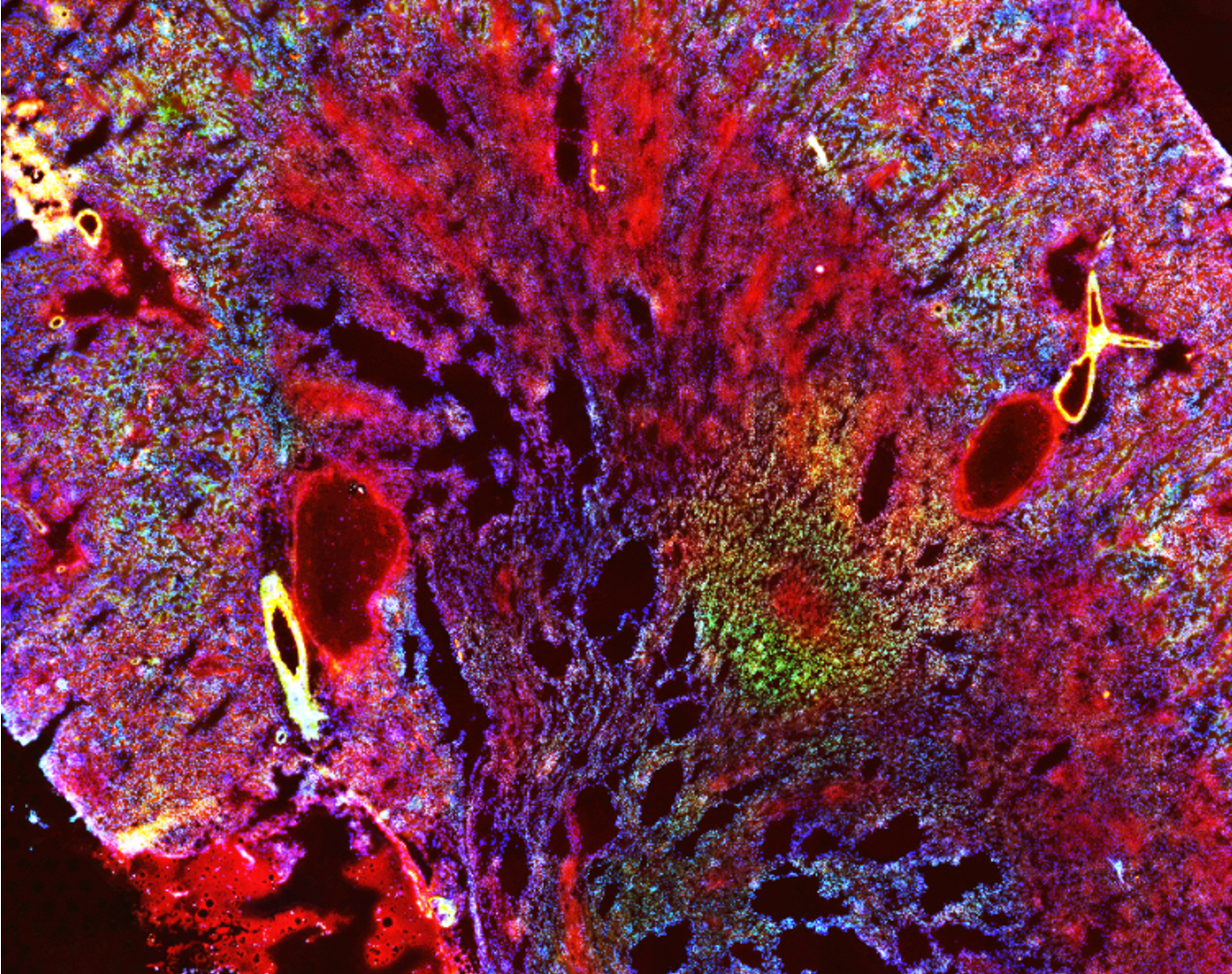
Spatial Profiling of the renal host-pathogen interplay in response to Candida albicans infection...
We have used intra vital 2-photon microscopy combined with a customized spatial transcriptomics approach to study the virulence properties of the human fungal pathogen Candida albicans. Using mice as models, we have imaged...
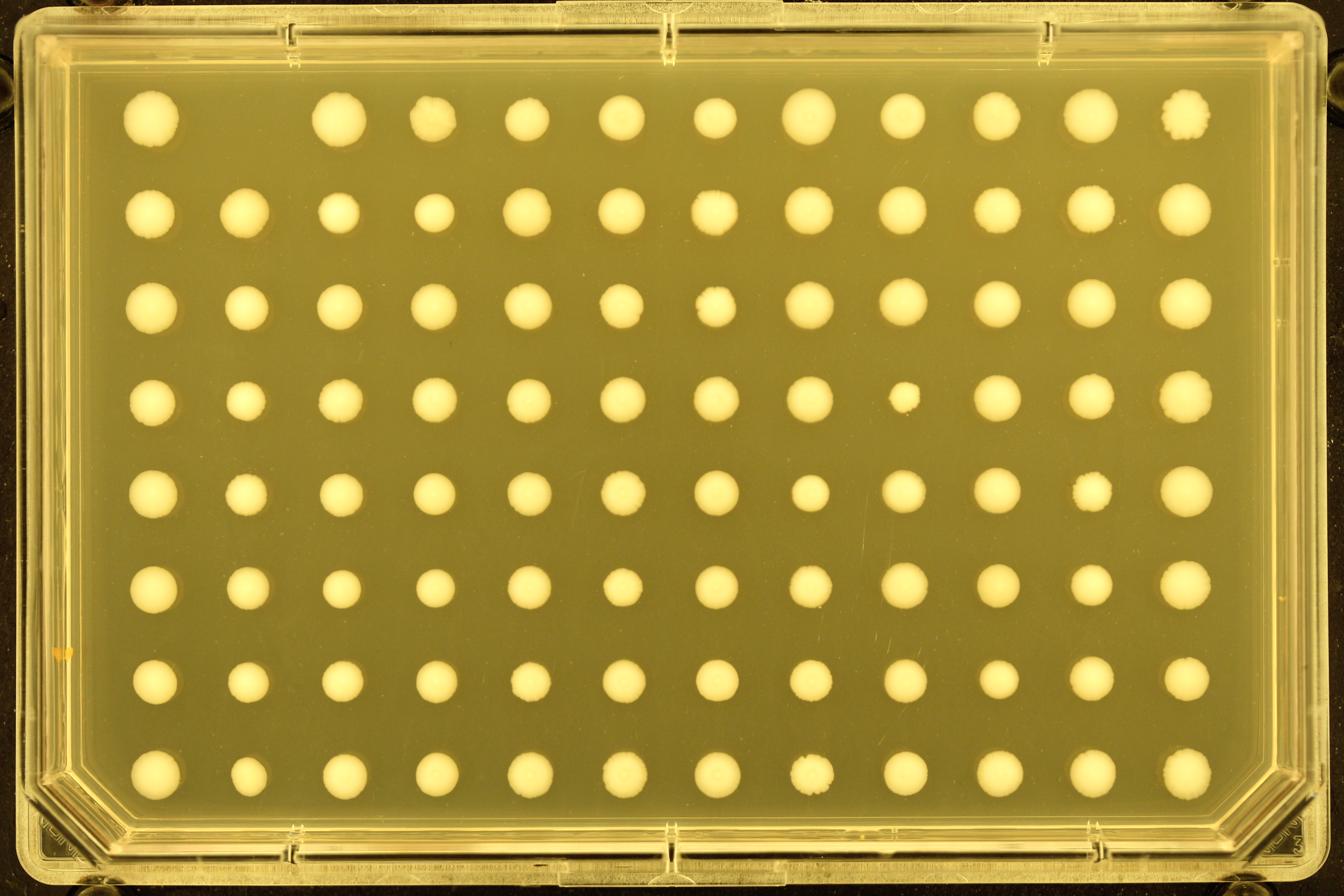
Automated Yeast Colony Quantification for Fatty Acid Sensitivity Screening
This project aims to develop an automated image analysis pipeline for a genome-wide yeast screen to identify mutants sensitive to fatty acids. The screen involves spotting yeast mutant arrays on media containing different types of...
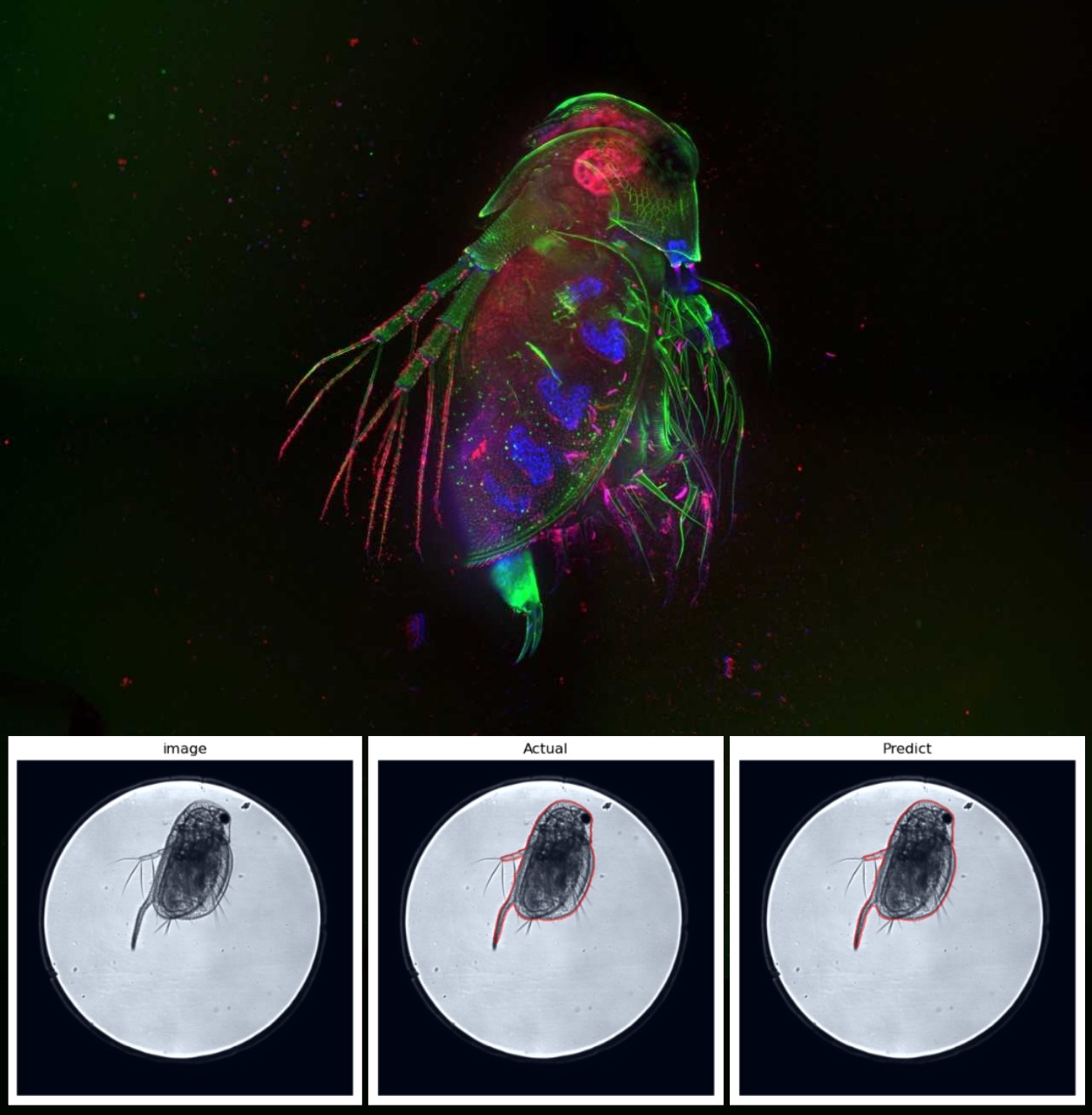
High-Throughput Analysis for Toxicological Assessment in Daphnia magna
This project aims to develop an image-based analysis method for toxicological effects in Daphnia magna, an ecotoxicological standard test species, after exposure to industrial chemicals or environmental samples. Molecular staining combined with fluorescence microscopy measures...
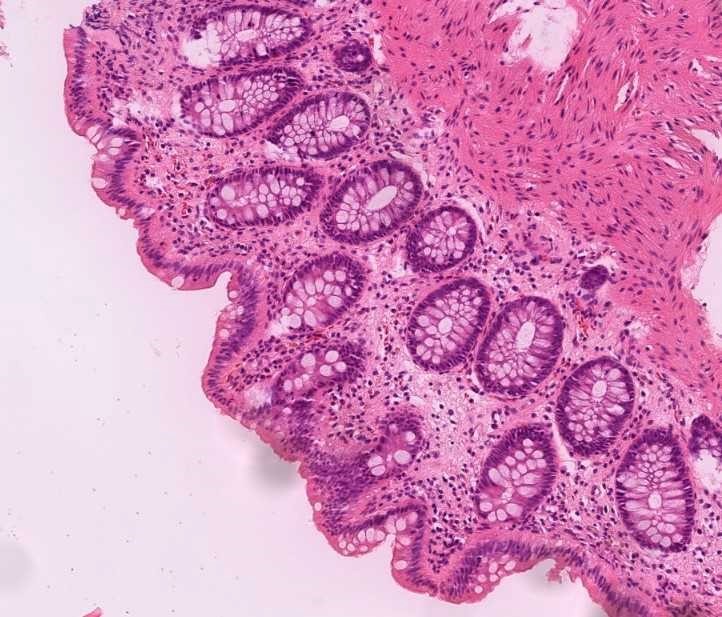
Gastrointestinal tissue-samples from population-based endoscopy studies
The project consists of gastrointestinal tissue-samples from 3 population-based endoscopy studies. In all three studies a random selection from the general population was included. In the Kalixanda upper endoscopy study includes biopsies from 1000 individuals,...
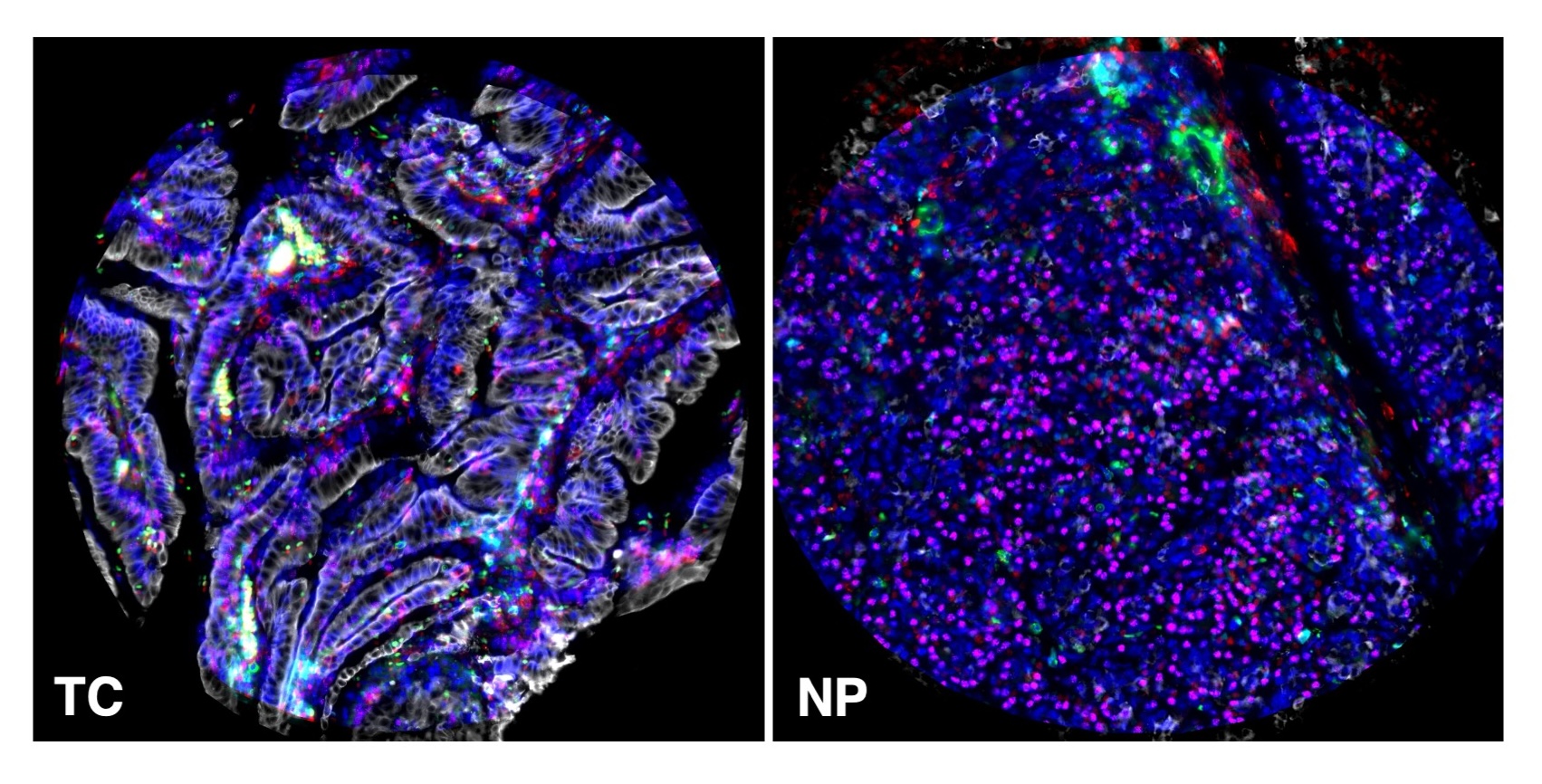
Spatial analysis of pancreatic adenocarcinoma immmunomicroenvironment
Pancreatic ductal adenocarcinoma (PDAC) has a poor prognosis, with a mortality rate exceeding 90%, making it a deadly disease. Despite advances in oncology, there has been little progress in improving the prognosis and therapy for...
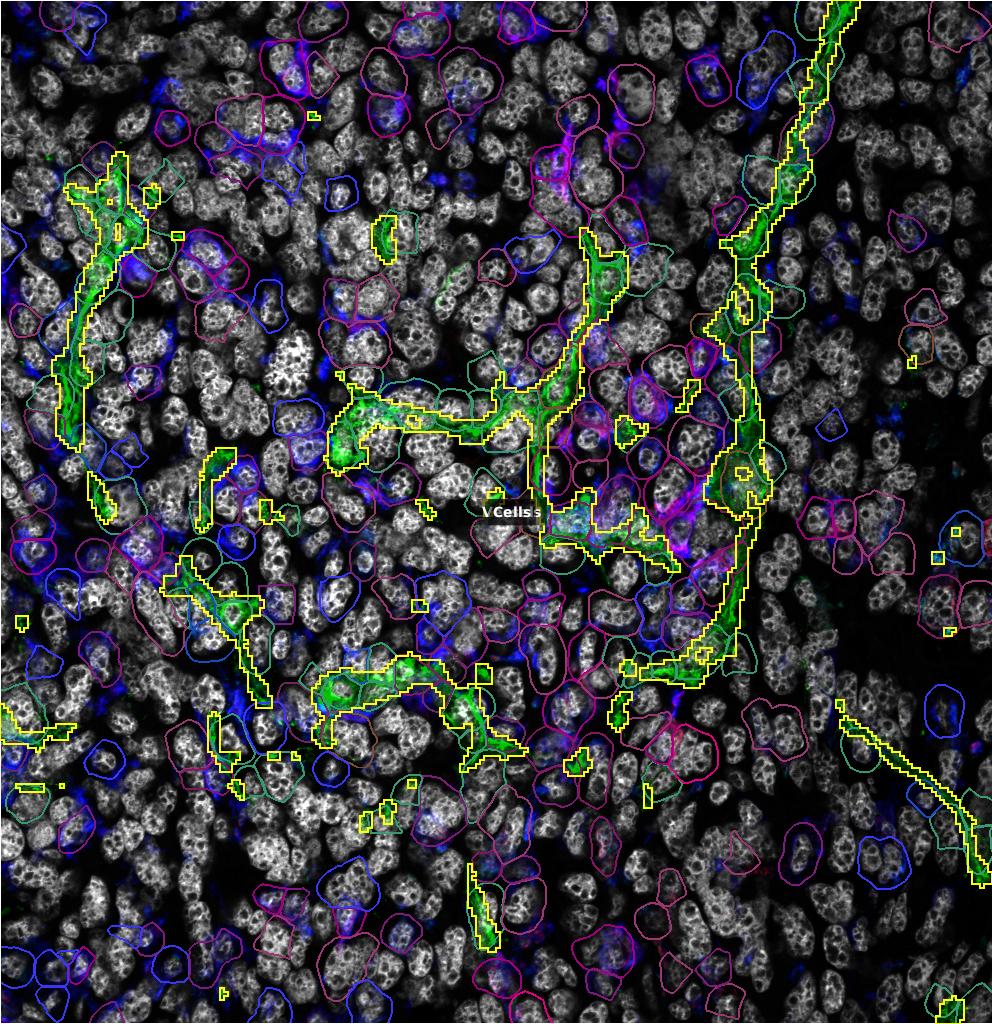
The role of perivascular TAM phenotypes in metastatic dissemination
Accumulation of Tumor-Associated Macrophages (TAMs) is associated with enhanced tumor progression and poor survival in most solid cancers. TAMs are plastic cells exhibiting states and phenotypes spanning from anti-tumor/immunostimulating (sometimes referred to as...
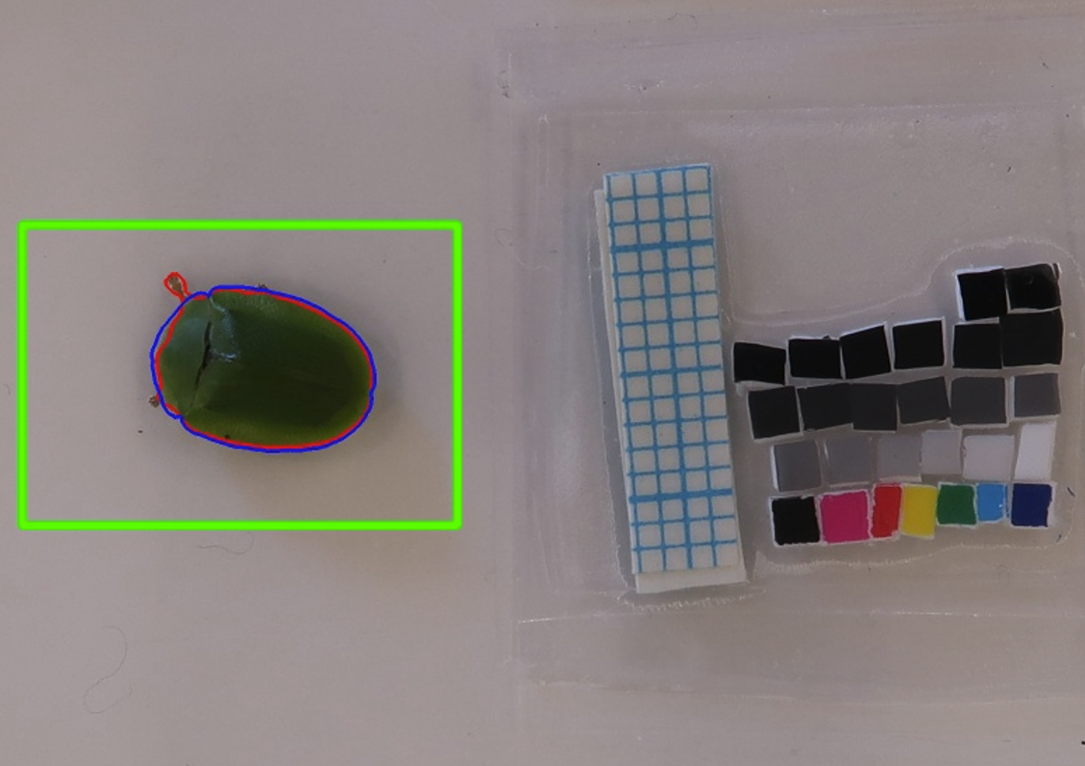
Phenotyping of tortoise beetles: Automated extraction of morphology from thousands of beetle pictures...
We want to investigate why populations differ in their ability to evolve and adapt. Our aim is to extract morphological traits, such as body size and shape, from pictures of our study species the green...
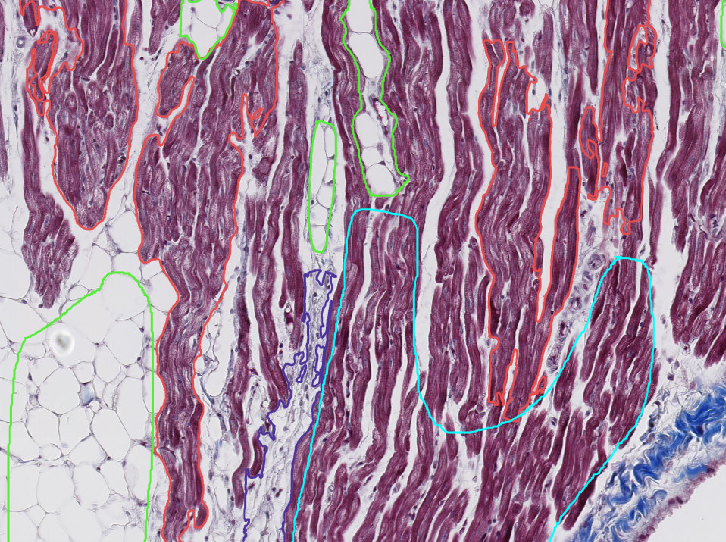
Pathological characterization of cardiac tissue samples from dogs in various stages of myxomatous...
Histopathology will be employed to characterize cardiac tissue samples collected from dogs affected by Myxomatous Mitral Valve Disease (MMVD) or Dilated Cardiomyopathy (DCM) to increase knowledge about the cardiac remodeling process in cardiac diseased dogs....
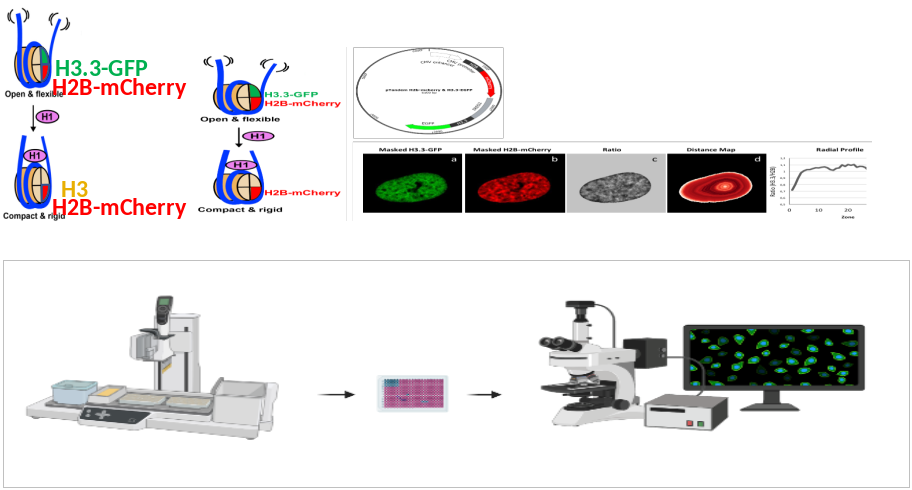
Implementing high content screening of chromatin organization in live cells
In cells of the human body, inactive heterochromatin tends to distribute in the periphery of the cell nucleus, whereas active euchromatin is mostly localized in the nuclear interior. This spatial organization essential for...
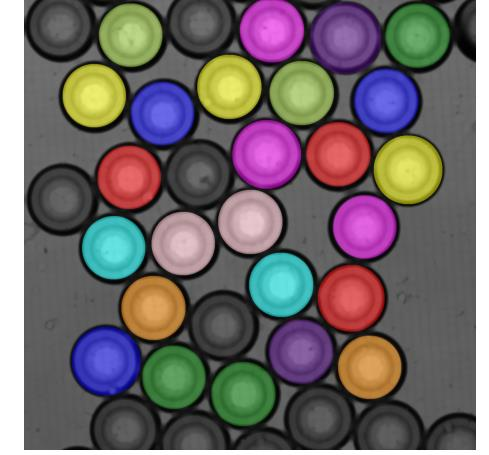
Droplet microfluidics for detection of bacterial heteroresistance
Antibiotic resistance is a serious medical challenge that puts patients at risk of untreatable bacterial infections and threatens major advances in modern medicine that rely on antibiotics. To tackle this problem, innovative diagnostic...

A spatial single-cell type map of adult human spermatogenesis
Spermatogenesis involves the transformation of adult spermatogonial stem cells into fully developed sperm cells, which is governed by the testis niche/microenvironment. The cells must maintain a balance between renewing themselves and becoming differentiated, and then...
